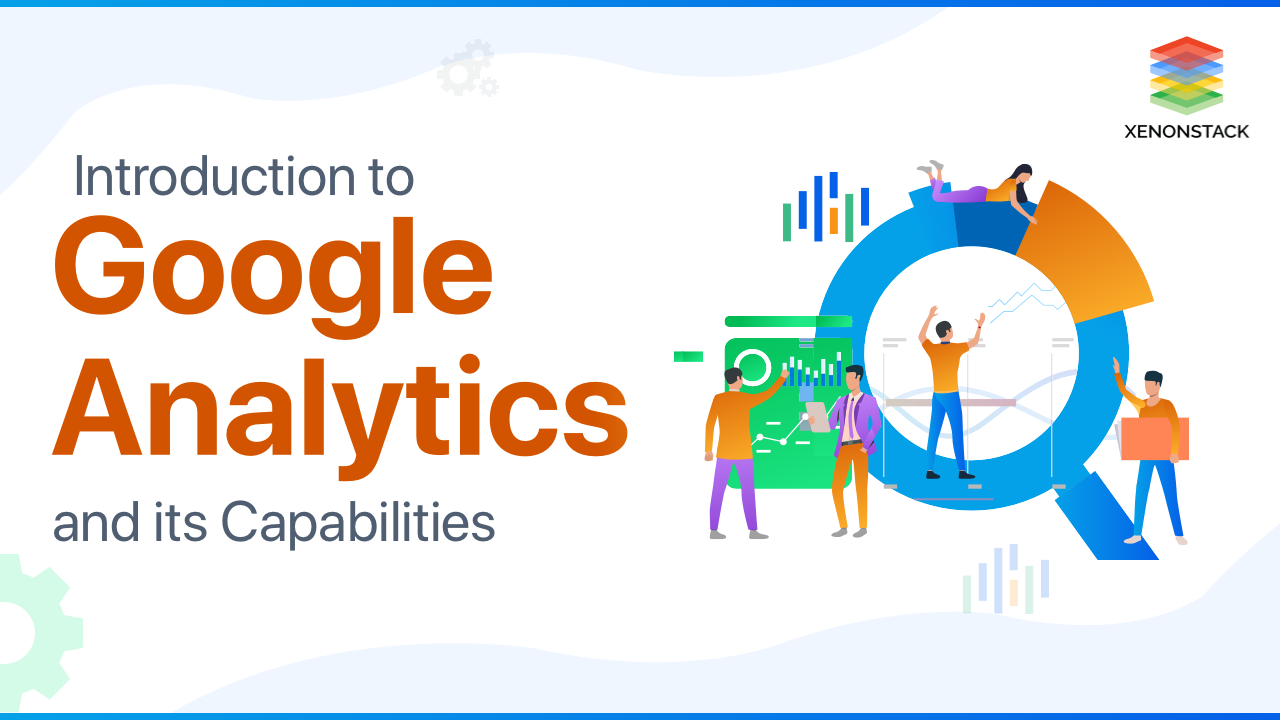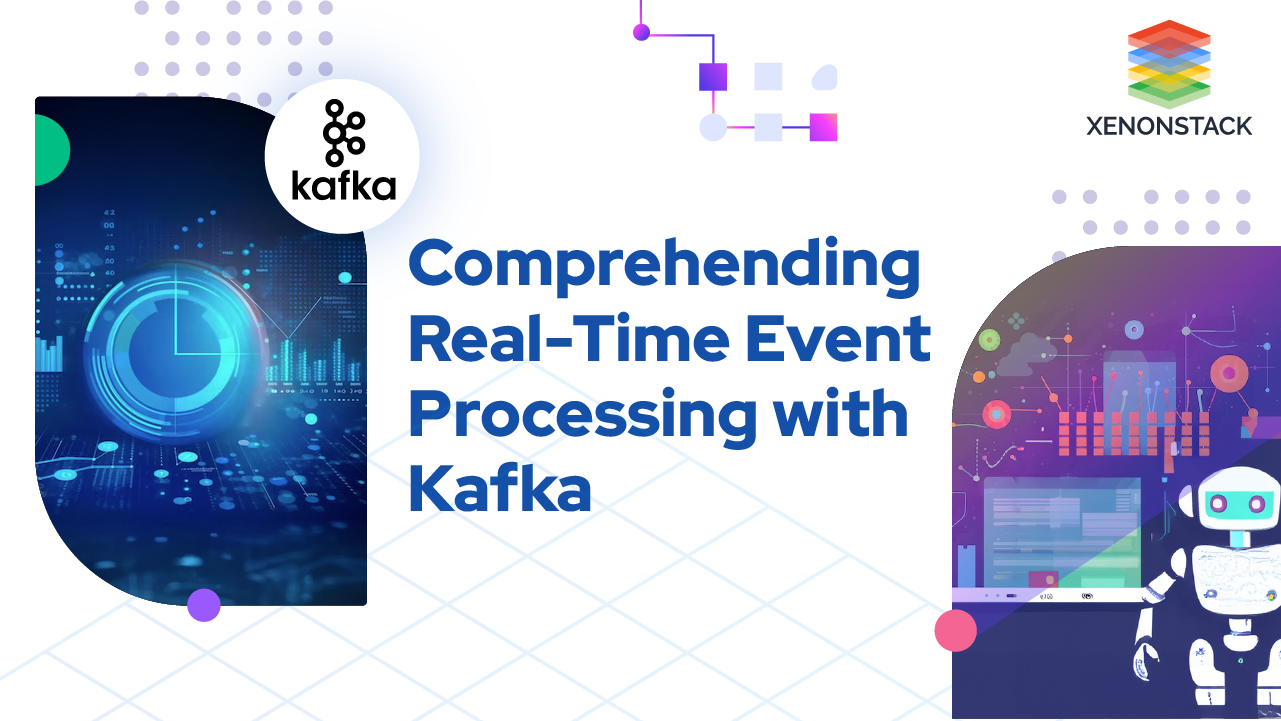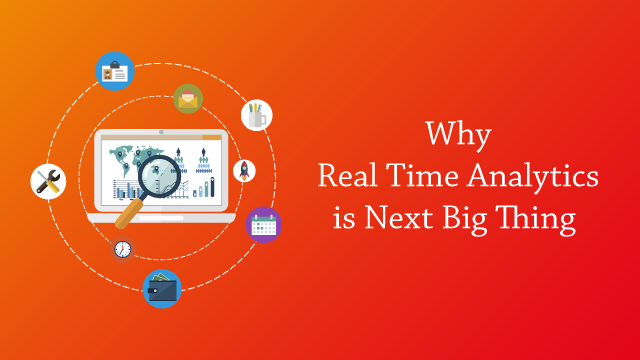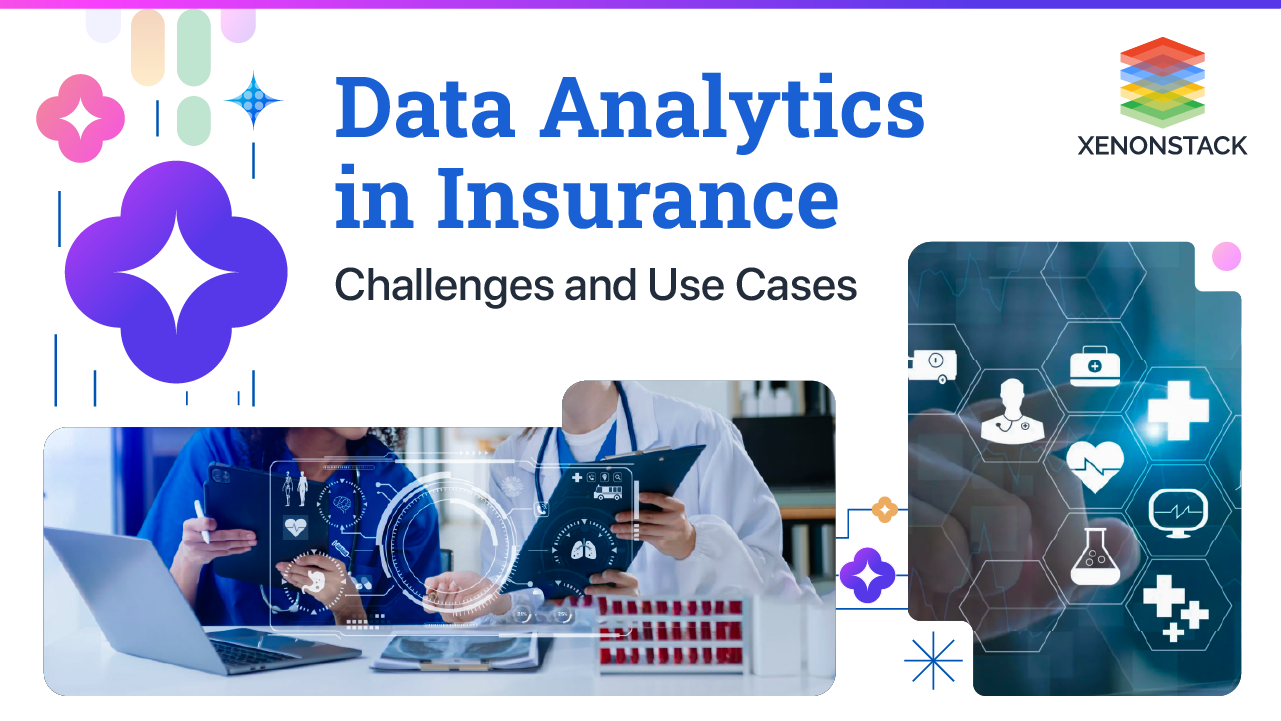
What is Google Analytics?
Google Analytics is an Analytical Platform where organizations have access to playing with their data and analyze it on any scale and in a cost-effective way. Google Analytics has the capability of measuring data from many dimensions and in a specified way by organizations. Orchestration is based on Cloud composer is build on an open source tool Apache Airflow. Thus, providing a more cost-effective service for orchestrations and Directed Acyclic Graphs can also be viewed and manage for optimization in the Big data processing pipeline.Real-time processing process huge volumes of data to so that any organization can take business decisions immediately Source: Real-Time and Streaming Architecture with Tools
What are the capabilities of Google Analytics?
The main capabilities of Google Analytics are below.
Google Data Lake
Residing data on the cloud and use it when there is a requirement to process that data for Analytical and Query purposes are the objective that every organization is looking for. Google Cloud is the storage where one can store any data (i.e., Parquet, AVRO or CSV) in its raw form and later it can be accessed by various Google Analytic Tools such as Datalab, Dataprep and so on for different tasks. Data Lakes are best suit for storing aggregate data, and Batch ETL are easy to perform on them as data is already present on the cloud. Store Data in Data lake by streaming pipelines for more useful insights.
How much data can we store on Google Cloud Storage?
We can store exabytes of data on Google Cloud Storage (that they called as Data lake). Each file store on Google cloud storage can be of 5TB, and each object can be of Maximum 5MB. For storing objects exceeding in size of 5MB, they can use multipart to store them on the cloud.
What if Someone needs to store data for a few reads?
Google analytics has defined storage classes of four types with different purposes. One can choose according to their requirement. If there is need to access once a month or once a year then Near line storage buckets or can use Coldline storage buckets. For these storage classes, price is a little bit higher than the other.
Google Stream Analytics
It is a fully managed infrastructure for managing real-time data processing and analytical pipeline. Google Pub/Sub can be used for ingesting data from many streaming sources such as IoT sensors and then Dataflow with Beam can be used to apply certain transformations on data. This transformed data then can be more accurately filtered with fully.managed data warehouse service, BigQuery. One can run SQL queries using BigQuery and have the data available for Analytic.
Google BigQuery
BigQuery is a data warehouse solution by Google on Google Cloud Platform. BigQuery Applications are helpful in analytics of large and complex data sets to process some business logic or client application software requirements building. One can collect data from object storages or cloud store by creating a data warehouse for analyzing batch or stream data by using BigQuery. It is easy to load data into BigQuery by using Cloud Dataproc or Cloud Dataflow with Apache Beam for ETL. Once data is in BigQuery, we can run SQL queries on it to generate a specific type of data for Analytics.
A cloud-based Infrastructure as a Service model designed by Google which is used for storing and processing massive data sets. Click to explore about, What is Google BigQuery?
Cloud Pub/Sub
Cloud Pub/Sub is service for ingesting streaming analytic pipeline data. In Pub/Sub, publisher Applications publish the messages that Cloud Pub/Sub received and handles it by writing to Subscribers. These publishers can be Storages or Analytical Services such as BigQuery, DataFlow, etc. On the Google Analytics Platform. Using Pub/Sub alongside Dataflow data access with Warehousing tools BigQuery and BigTables.
Cloud Dataflow
Cloud DataFlow is a serverless approach that removes the overhead of managing scale, flexibility and other related parameters. When a need to process data with complex Aggregations, Windowing and complex filtering, Cloud Dataflow play the critical role on Google Analytics platform. The code of Apache Beam is purely based on Cloud Dataflow. So, one can use Beam for data transformation related to pipelines. Once data is collected by Dataflow one can use BigQuery for data warehousing and then apply simple SQL queries on data for extended application roles such as Analytic, data management and so on.
Cloud Dataproc
Cloud dataproc is a tool for batch processing data pipelines. When there is a need to process data Lake data based on Hadoop and by using data processing frameworks such as Spark, Cloud DataProc can be used. One can use Spark to process Hadoop System based data file stored in Google Cloud Storage (data lake). We can perform general Batch ETL and complex Batch ETL on dataproc. For analytic use SQL on hive or Spark SQL. Also, can use Spark ML for machine learning operations.
Building stack makes it easier to work with components as it brings modularity, increasing composability. Source: Analytics Stack on Google Cloud Platform
Cloud ML engine
For analytical purposes related to machine learning, Cloud ML engine has the flexibility for training the dataset to build a model. ML engine is based on Tensorflow. Establish model once then there are two options for predictions. One is Online prediction for Serverless management of AI models or ML models, and other is a Batch prediction for cost-effective asynchronous applications. Tensorflow SDK is available to utilize all the functionalities of ML engine properly. Dataprep can be used for intelligent explore, clean & prepare data for Analysis and ML. Serverless ML APIs are available for BigQuery, Cloud Storage user applications.Cloud Big Table
Cloud Big table is a NoSQL store based on Apache HBase. One can store streaming data or transformed data into NoSQL format into Big Table. It will be easy to analyze data by using BigQuery, DataFlow, and DataProc for data visualization. BigTable has the capability of database and cache related operations.How is Google Analytics better than other solutions?
Google Analytics provides more robust, Serverless and fast cluster loading environment for big data processing and Analytic. BigQuery, BigTable, DataProc and DataPrep like solutions offers more flexibility to work on open source tools that will reduce cost and serverless architecture provides more robustness and removes cluster-related issues. Develop Data Pipelines for Batch and Real-time applications differently or under one hood. The data lake has no limitations on storing data, and support all types of raw data formats. It has some visualization tools that represent the data from different dimensions. For Example, Organizations can check how many clicks they are getting and where. By applying transformations in such a way can help organizations to build more hybrid but easy to use Model for decision making and Big data processing. Moreover, the ML engine reduces the time to train a model and use it. There are several pre-processed and trained Serverless ML APIs available that can help to start and run the application without any delay quickly.
A Data Analytics Approach
Analytics Driven Approach assists you to get an extensive knowledge of your consumers so you can deliver better experiences and drive results. For grasping more regarding analytics, we encourage talking to our expert.
- Discover more about Analytics Stack on Google Cloud Platform
- Click to explore more about Predictive Analytics Tools


